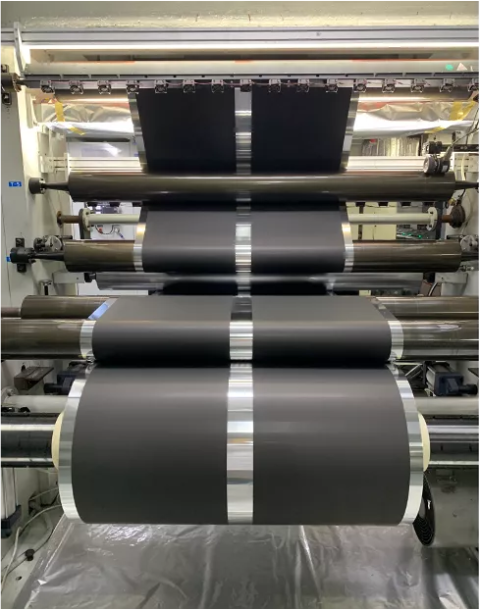The Li-Ion battery electrode coating market is witnessing a wave of innovative developments that are transforming battery technology and enhancing overall performance. As the demand for energy storage solutions grows—driven by the rise of electric vehicles (EVs), renewable energy systems, and portable electronics—companies are investing heavily in research and development to create advanced electrode coatings. This article explores the groundbreaking inventions that are shaping this dynamic market.
1. Nanostructured Coatings
One of the most notable inventions in the Li-Ion battery electrode coating market is the development of nanostructured coatings. These coatings utilize nanomaterials to enhance the electrical conductivity and thermal stability of electrodes. By increasing the surface area and improving the interfacial properties between the electrode and electrolyte, nanostructured coatings enable higher charge/discharge rates and improved energy density.
This innovation is particularly beneficial for applications requiring rapid charging capabilities, such as in electric vehicles. Researchers are continually exploring different nanomaterials, including graphene and carbon nanotubes, to push the boundaries of battery performance. The integration of nanostructured coatings not only boosts efficiency but also prolongs the lifespan of batteries, addressing a critical need in the industry.
2. Environmentally Friendly Coatings
As environmental concerns take center stage, the development of eco-friendly electrode coatings has become a priority. Innovative formulations are emerging that replace traditional solvents and harmful materials with water-based or solvent-free alternatives. These environmentally friendly coatings not only reduce the carbon footprint of production but also comply with stringent regulations regarding hazardous substances.
Such advancements are essential for manufacturers looking to align with global sustainability goals. By adopting eco-friendly practices, companies can attract environmentally conscious consumers while contributing to a greener future. This shift not only benefits the planet but also opens up new market opportunities, as demand for sustainable products continues to rise.
3. Self-Healing Coatings
Another groundbreaking invention is the development of self-healing electrode coatings. These innovative coatings incorporate microcapsules filled with healing agents that can repair microscopic cracks and defects in the electrode material. When the coating is damaged during operation, the microcapsules release the healing agents, effectively restoring the integrity of the electrode.
This invention significantly enhances the durability and longevity of Li-Ion batteries, addressing one of the major challenges in battery technology. Self-healing coatings can lead to reduced maintenance costs and improved safety, making them particularly appealing for applications in electric vehicles and large-scale energy storage systems.
4. Advanced Polymer Coatings
Advanced polymer coatings are also making waves in the Li-Ion battery electrode coating market. These coatings offer excellent flexibility and adhesion properties while providing a barrier against moisture and contaminants. By improving the overall stability of the electrodes, advanced polymer coatings help prevent degradation, ensuring consistent battery performance over time.
The use of polymers allows for greater customization of electrode properties, enabling manufacturers to tailor coatings to specific applications. This flexibility is particularly valuable in industries that require specialized battery solutions, such as aerospace and medical devices.
5. Smart Coatings
Lastly, the rise of smart coatings in the Li-Ion battery electrode market is worth noting. These coatings incorporate sensors and electronic components that monitor battery performance in real-time. By providing valuable data on temperature, charge status, and overall health, smart coatings enable better management of battery systems, optimizing their operation and enhancing safety.
Conclusion
In summary, the Li-Ion battery electrode coating market is experiencing a surge of innovative inventions that are redefining energy storage technology. From nanostructured and eco-friendly coatings to self-healing and smart technologies, these advancements are crucial for meeting the growing demands of various applications. As the industry continues to evolve, ongoing research and development will play a vital role in shaping the future of Li-Ion batteries, driving improvements in efficiency, sustainability, and performance.



